Master and Other Business Data
Your organization’s master data are the fundamental and independent entities used to complete operational transactions. These entities include your customers, vendors, products, materials, and anything else your company uses on a daily basis. This data is related to but does not include your organizations:
- Reference data (entities, dimensions, and values) used in analytics
- Transactional data which support your business applications
- Analytical data which supports decision making systems (BI systems)
Master data is the foundation of your business information. For example, if a customer buys a product at a specific price from a store:
- The master data includes the customer’s information and the product sold
- The transactional data are the transaction timestamp, price, and any other relevant information
- This specific customer’s marketing attitude comprises the analytics data- eg what product does he/she prefer from what store
- Finally, any analysis from this data is your reference data
Master data and the Enterprise Bus
Every business application supports and manages its own data as well as any information derived from it.
Most businesses store their master and transactional data in their local application data store. As an example consider the above case of a customer buying a product. If the sales and financial accounting functions were supported by different applications then:
- There should be one transaction for each application (posting a sales order, delivery in the sales application, and accounts payable in the financial one).
- The entire transaction must be part of a single commit to maintain data consistency. In other words, the individual application transactions should be real-time interfaced.
Note that the customer buying the product is a single customer, regardless of the application managing his/her transactions. Therefore, you need some inline management of the financial accounting master data with the sales application.
If there are more than two applications (like in case of acquisitions or groups/subsidiaries), then you might have the following spaghetti like illustration: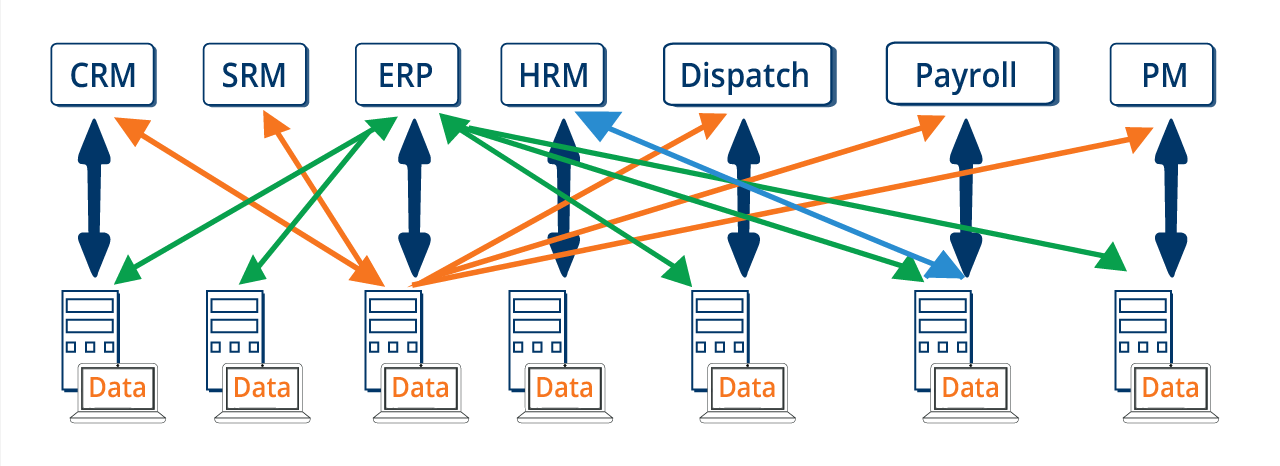
Figure 1. Point to point integration
As before, all transactions still refer to the same entity (the specific customer and product).
Maintaining such heterogeneous architectures with distinct, per-function applications comes with high IT costs. According to Oracle, complexity of point-to-point integration follows an n^2 relation, where n stands for the interface numbers. Other studies have shown that above 15 integrations point-to-point integrations are more expensive.
These high costs and the complexity of the situation has led to the creation of a new intermediate level to improve inter-application transactions and integrity. This intermediate level is often called an Enterprise Service Bus (ESB) or Enterprise Application Integration.
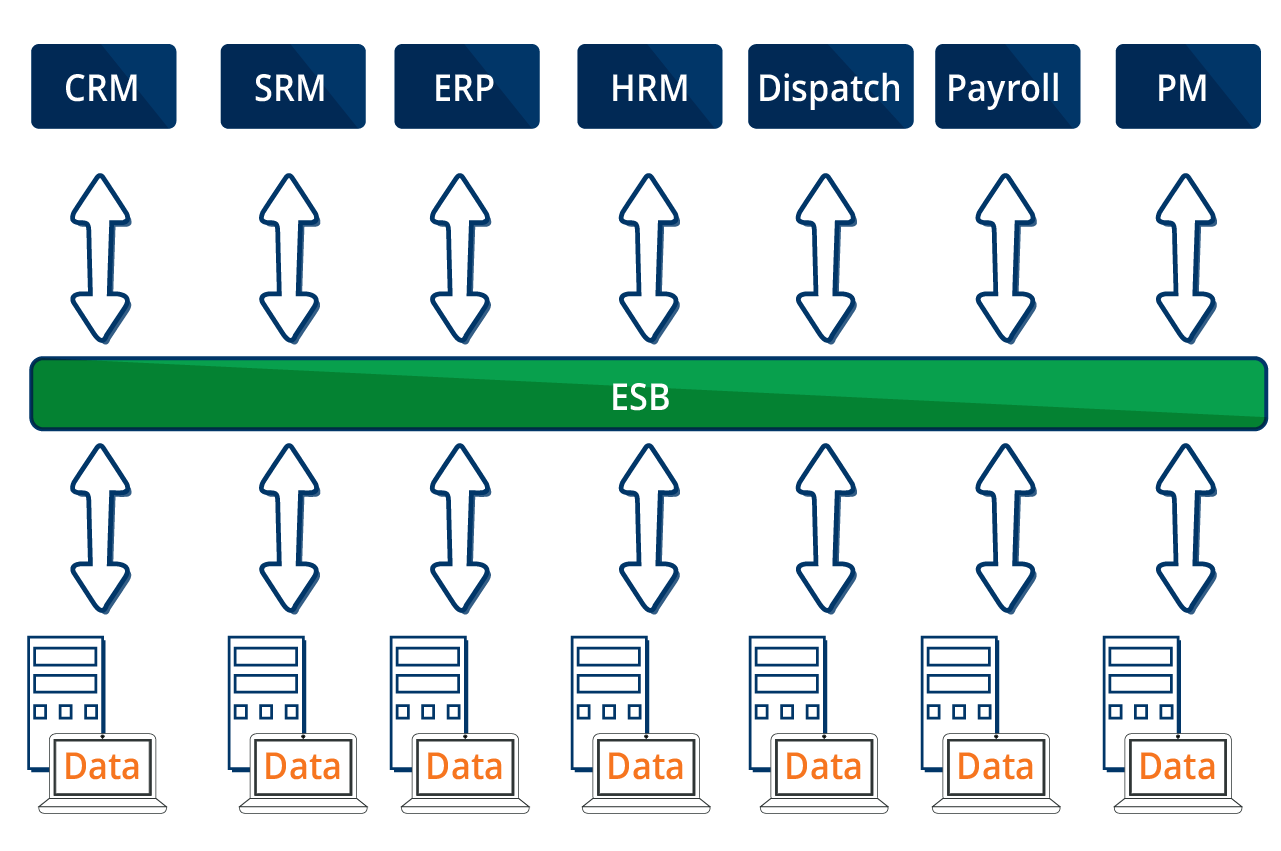
Figure 2: Enterprise application integration
ESB is flexible enough that you can add additional business process logic into it to expand its reach, manage users better, or to integrate third party inputs (service oriented architecture).
Master Data Management
Enterprise integration platforms based on ESB provide master data management to help you keep track of your customers’ information. This lets you offer your customers tailored delivery options as well. For instance, let us say that one of your customers wants to buy one of your products and then have it delivered to them. Then, your delivery system should accurately send the product to the customer using their preferred method. Meanwhile, your ERP should log the sale in your inventory database while your CRM completes the sale process. Through it all, the transaction should be validated in real time against your customer’s credit, payment terms, etc.
Thus, you want your master data to be:
- Cross-application (can be used by any application in your network)
- Accurate and up-to-date regardless of the application using them
- Normalized to a reliable standard with transparent naming and coding conventions
- Synchronized in real time between all applications
- A single business object in a one to one relation. (single piece of datum defines the business object bijectively)
Master data management (MDM) tools help you maintain the integrity of your master data according to these rules, and are the heart of a robust ESB network. They are enterprise, cross-application solutions for all your customer management platform needs.
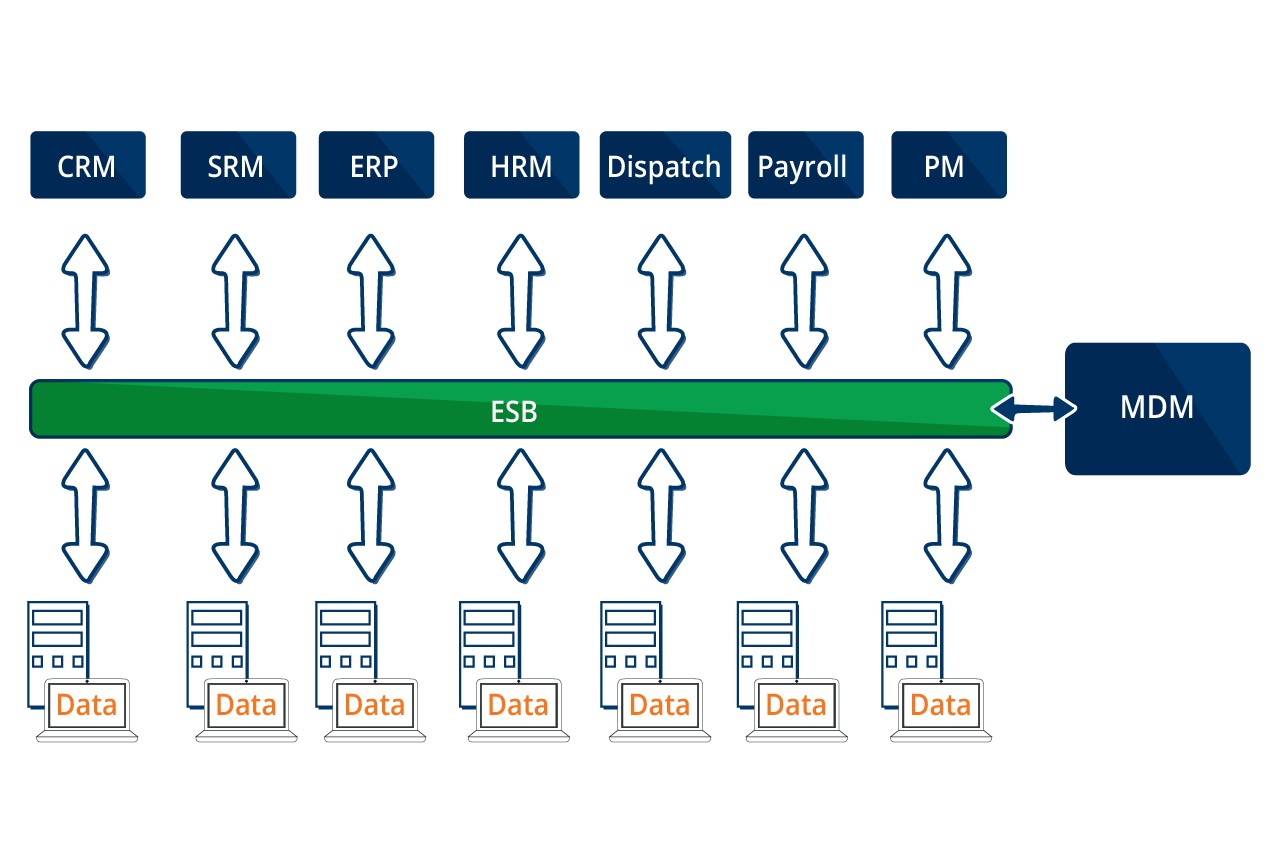
Figure 3: Master data management and Enterprise bus
Cloud-based Master Data Management
Like with any other enterprise application, you can host your MDM solution on-site or you can outsource it to the cloud. While hosting it yourself comes with many advantages, it does come with high maintenance costs. These costs are in addition to the already high initial hardware and software investments required to set up the system:
According to Forbes a switch to cloud may result up to 30% savings in IT resources and 50-67% of the lifecycle cost in a 1000 server environment.
Because of these costs, on-site MDM solutions are usually only cost-effective for large enterprises. For most other companies, you are generally better off outsourcing your MDM solution. Cloud-based MDM solutions keep your IT and operational costs low making it perfect for start-ups and midsize enterprises. This is especially true if most of your current IT infrastructure is already on the cloud such as using Salesforce as your CRM and Workday for HR management.
A typical cloud-based MDM system looks like this:
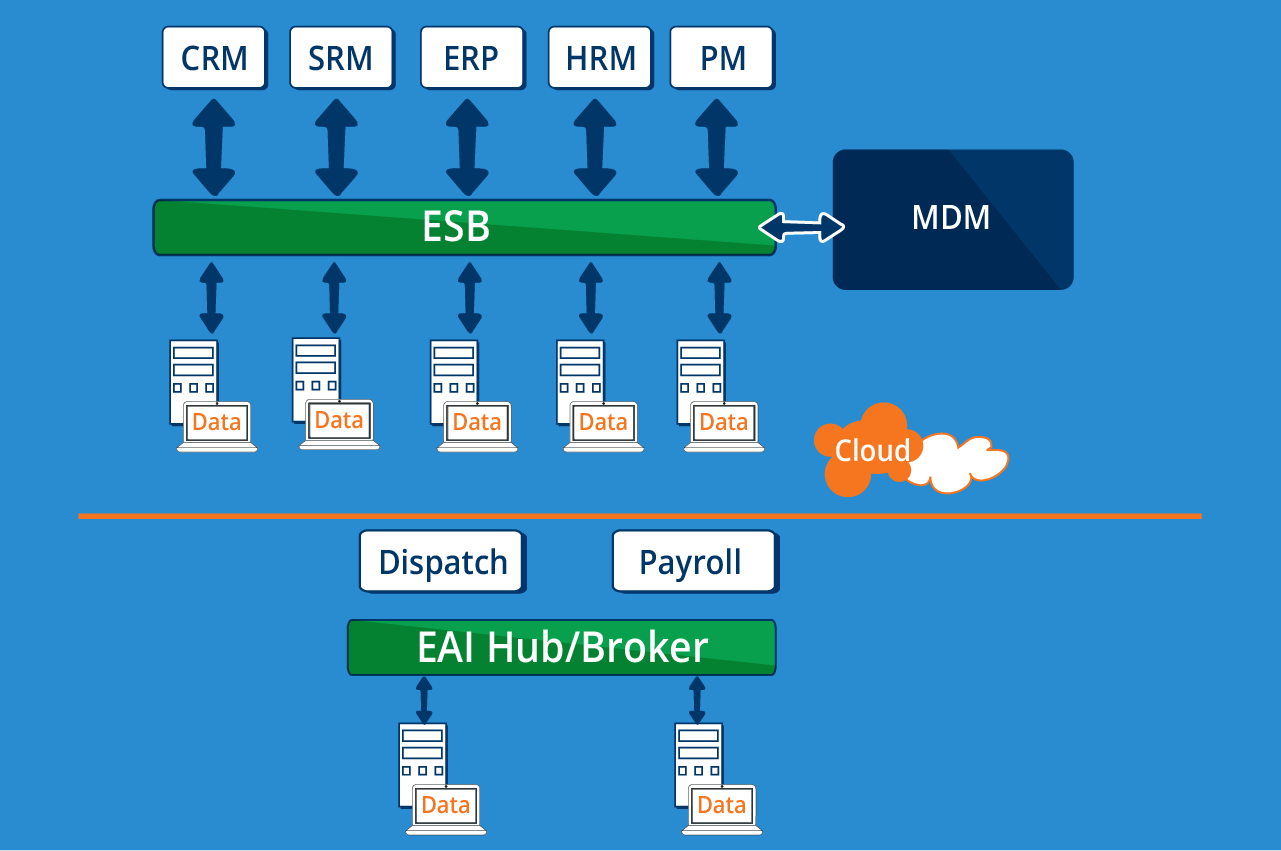
Figure 4: Cloud MDM
Regardless of how you do it, as several studies have noted, cloud-based MDM solutions offer your organization:
- More agile and flexible IT systems
- Easier to maintain and deploy IT management
- Higher performance, less downtime
In conclusion, cloud-based MDM solutions allow your organization to better manage your business applications through a robust middleware iSaaS integration platform, ensuring that your data remains intact and accurate as possible.
Why should you consider MDM?
The business world is undergoing a revolution. With the proliferation of technology across our lives and work, industries around the world are realising that the tried and trusted methods that have kept them moving forward might no longer suffice. Consumers today are connected, informed, and unprecedentedly technologically savvy, and as a result, the companies they deal with are expected to be the same.
Digital transformation — the process by which organizations modernize themselves to incorporate new digital technologies throughout their entire business — is becoming necessary to survive.
Modern clients want instant service and support from the brands they deal with. They want brands that make themselves available to the client in a way that suits the client, not in a way that suits the organization. And they want this experience to be offered seamlessly across every channel. In order for an organization to meet these needs and wants of the consumer, it is absolutely necessary for companies to be innovative and to stay abreast of digital updates and changes. With this in mind, decision makers in businesses are emphasizing the need for digital transformation within their organizations.
With the rise of tools such as CRM, ERP, SRP and others, it has become necessary to integrate these tools in order to have a complete view of your customers data and to provide them with the level of service they expect. Using an ESB to manage your master data will ensure all of your tools talk to each other and give you the power to understand your customers and drive your business forwards.
If you know you need to implement an ESB for your organisation, but don't know where to begin or if you just need advice, contact our consultants to discuss your options. We are experts in the area of ESB integration and have worked with many clients to help them succeed.

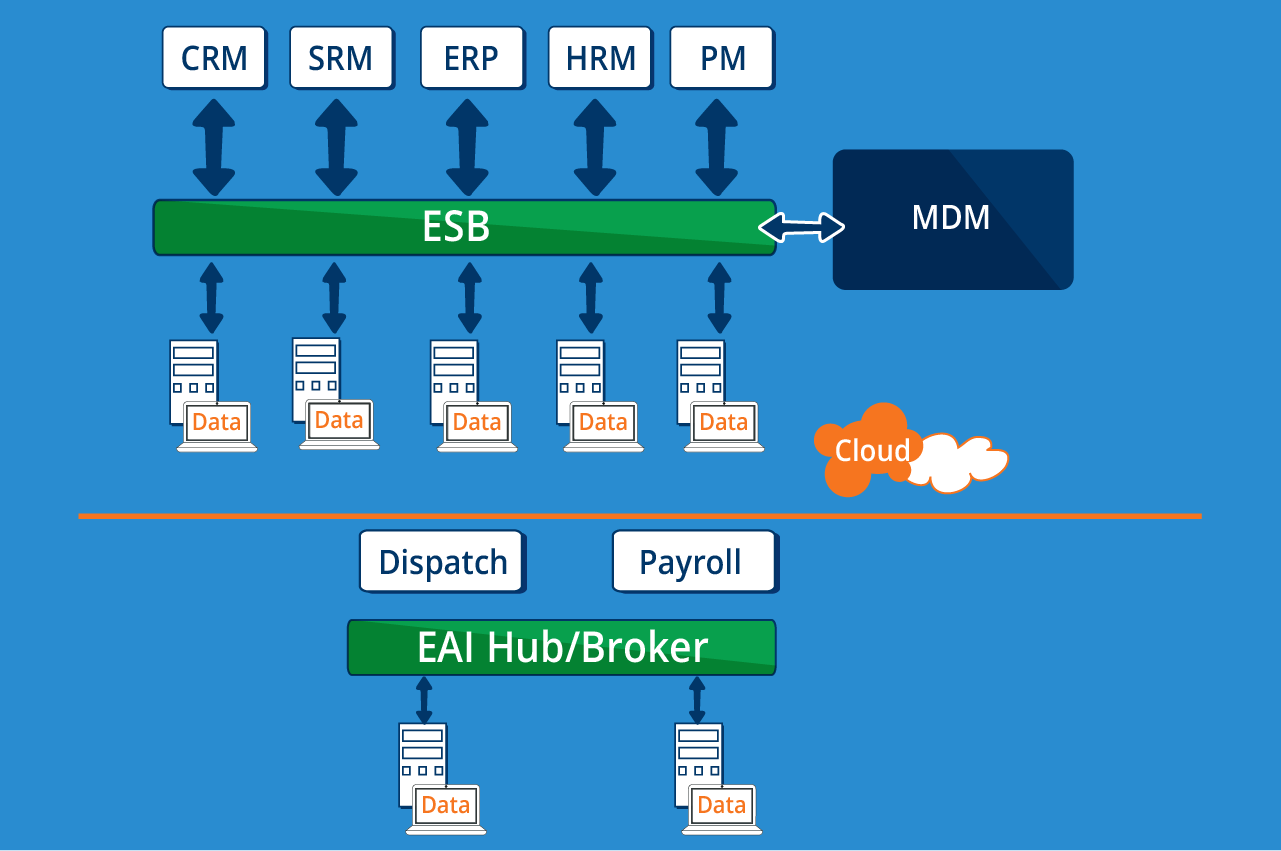
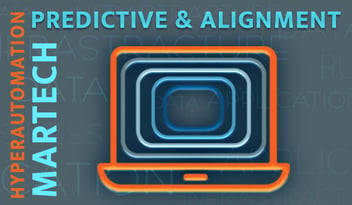
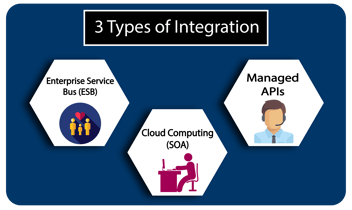
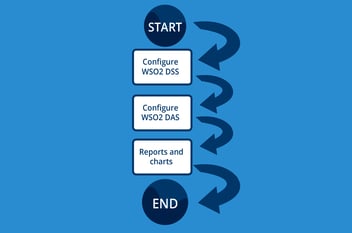
Leave a Comment